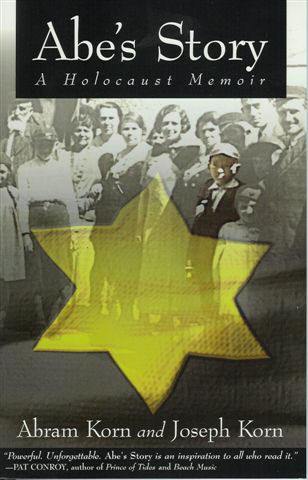Return to Books by Survivors || Cybrary
CONTENTS
| A Tour of the GhettoKarski: How One Man Tried to Stop the Holocaust, by E. Thomas Wood and Stanislaw M. Jankowski (John Wiley & Sons, Inc., 1994; paperback February 1996). Copyright 1994 by E. Thomas Wood and Stanislaw M. Jankowski. All rights reserved. Between August 20 and 25, 1942, the wave of terror in the Warsaw Ghetto briefly abated; the German murder network was busy clearing the Jews from several outlying towns. In an area already shrunken to a fraction of its former population, the Ghetto’s remaining inhabitants were momentarily free to go about the business of living and dying– mostly dying, of starvation, disease and suicide– relatively unmolested. The tenuous social order that had been enforced by the Nazi-directed Jewish administration of the Ghetto had dissolved by this time. It was a convenient by-product of the chaos that nobody was likely to notice a stranger on the Ghetto’s streets. In the guise of ordinary Poles, Karski and his guide, Jewish resistance leader Leon Feiner, entered an apartment building at number 6 Muranowska Street, on the “Aryan side” of the ghetto wall. Awaiting them in the cellar was a 22-year-old member of the Jewish Military Union, Dudek Landau. He knew little about this Pole’s mission to the Ghetto; his commander had told him only that a very important man was coming to visit and that it would be his responsibility to guard the secret tunnel by which the guest would enter. A squad of Jewish children had excavated the tunnel, digging from the cellar of a building on one side of Muranowska (which was divided lengthwise by the wall) to the basement on the other side of the street. Landau led Karski and Feiner through the earthen passageway, which extended nearly forty yards at a height of no more than four feet. When they reached the opposite side, another Jewish fighter took over from Landau as escort. Feiner and Karski donned ragged clothes adorned with the Star of David. Thus disguised, the men crept out of the building. The first thing that amazed Jan as he and Feiner emerged in the Ghetto was the utter transformation the Bund leader had undergone. Moments before, he had played the part of the jaunty, self-assured Polish magnate. Now he was a bent, sickly, pitiful old Jew– just another victim awaiting his fate. Jan tried to project the same appearance, stooping in his threadbare suit, cap pulled over his eyes. Karski and Feiner shuffled down the street with the Jewish underground member at their side. The streets were packed with humanity and its remnants. “There was hardly a square yard of empty space,” Karski recalled. “As we picked our way across the mud and rubble, the shadows of what had once been men or women flitted by us in pursuit of someone or something, their eyes blazing with some insane hunger or greed.” The cries of the mad and the hungry echoed through the streets, mingled with the voices of residents offering to barter scraps of clothing for morsels of food. Jan identified the stench in his nostrils just as he discerned the unclothed corpses. Strewn in the gutters were the bodies of the old and young, all as naked in death as they had been in birth. “What does it mean?” Jan asked under his breath. “When a Jew dies,” Feiner calmly replied, “the family removes his clothing and throws his body in the street. Otherwise they would have to pay a burial tax to the Germans. Besides, this saves clothing.” The visitors reached the Plac Muranowski, a square at the northeast corner of the Ghetto that had once been a park. Mothers crowded the benches, nursing emaciated infants. Stunted children filled the area, some sitting listlessly, others cavorting in the dirt. “They are playing, you see.” Jan thought he heard Feiner’s voice break with emotion. “Life goes on. They play before they die.” “These children are not playing,” responded Jan. “They only make believe it is play.” On the streets, Feiner relentlessly pointed out every macabre example of the zone’s bestial conditions. Over and over the men would come upon human forms crumpled against the sides of buildings, their catatonic stares fixed on nothing, only a slight rustling beneath their rags betraying the fact that they were still breathing. At each instance, Feiner would stop for a moment. “Remember this,” he said, over and over. “Remember this.” Return to Karski Home Page || Go to the Top of the Page |




